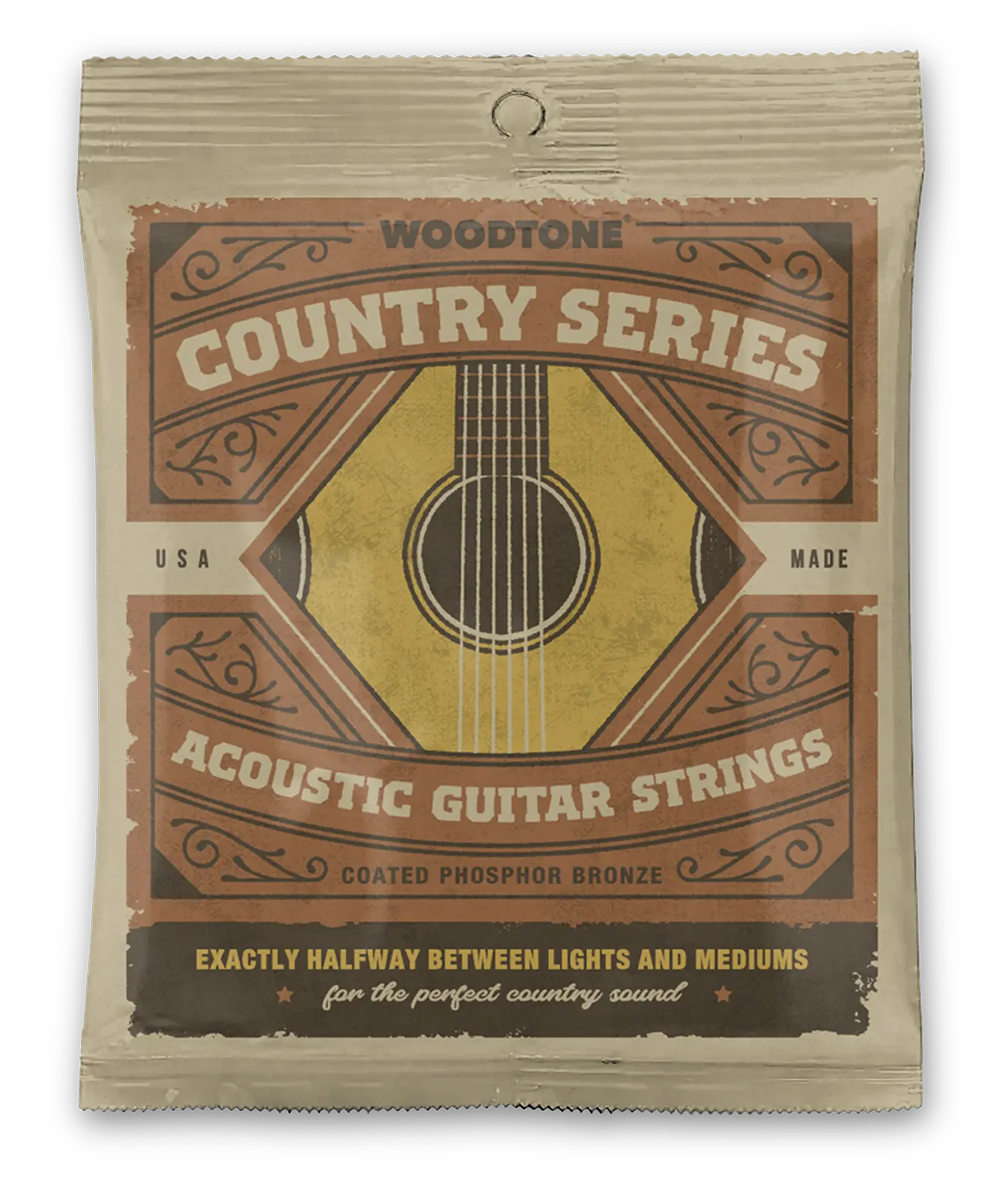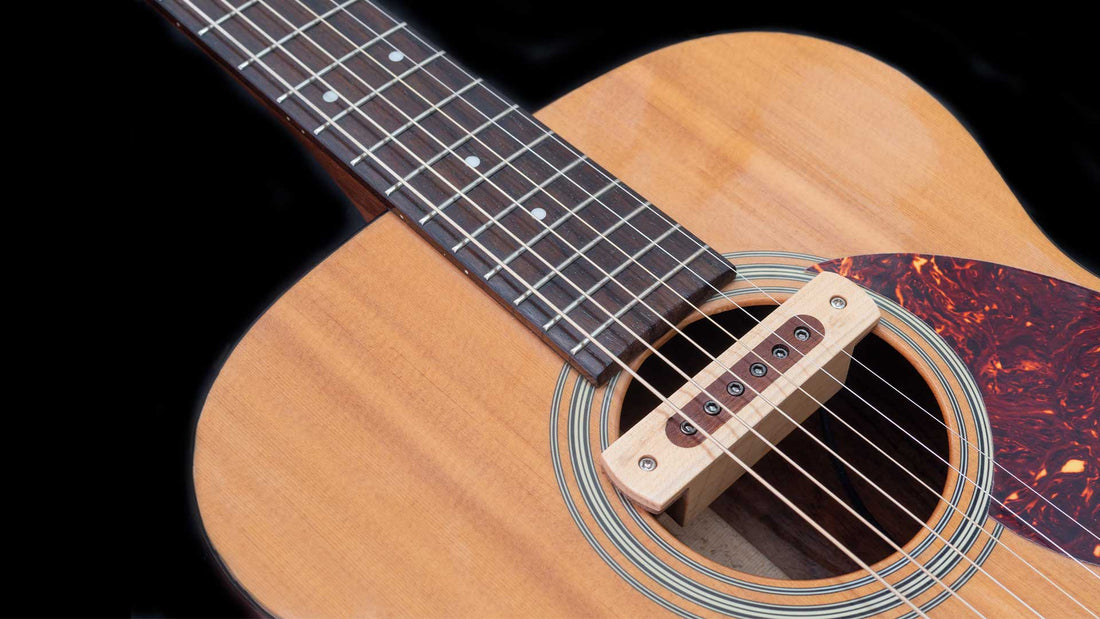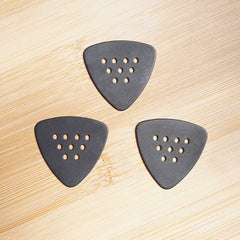Introduction
When it comes to amplifying acoustic guitars, one of the most crucial decisions you'll face is choosing between active and passive pickups. These two types of pickup systems offer distinct advantages and cater to different playing styles and preferences. In this article, we'll delve into the differences between active and passive pickups for acoustic guitars, helping you make an informed decision that suits your musical needs.
What are passive pickups?
Passive pickups are the traditional choice for acoustic guitars, and they work by sensing the vibrations of the guitar's strings and converting them into electrical signals. These signals are then sent to an amplifier or sound system for amplification. Passive pickups do not require an external power source, relying solely on the movement of the strings to generate their signal.
Passive pickups are known for their natural and transparent sound, faithfully reproducing the acoustic tone of the guitar. They tend to have a warm and organic sound, making them popular among purists and players who prefer a more traditional sound.
Pros of passive pickups:
- Natural, transparent sound
- No need for batteries or external power source
- Typically lower cost compared to active pickups
- Simple and easy to use

Our favorite passive pickup for acoustic guitar is the K&K Pure Pickup™ (above) which comes in three versions: (1) Pure Mini for steel string acoustic guitar, (2) Pure Classic for nylon string acoustic guitar, and (3) Pure 12-String for 12-string acoustic guitar. The K&K Pure Mini for acoustic guitar really brings out the natural tone of your guitar and we can't recommend it enough.
What are active pickups?
Active pickups, on the other hand, require an external power source, usually in the form of a battery housed within the guitar. These pickups contain preamp circuitry that actively boosts and shapes the signal before it reaches the amplifier or sound system. This additional processing allows for greater control over the tone and volume of the guitar.
Active pickups are known for their high output and clarity, making them ideal for live performances and situations where cutting through the mix is essential. They often feature onboard EQ controls, allowing players to shape their tone to suit different musical styles and settings.
Pros of active pickups:
- High output and clarity
- Greater control over tone and volume
- Ideal for live performances and stage use
- Onboard EQ controls for tone shaping
Choosing the right pickup for you
When deciding between active and passive pickups for your acoustic guitar, it ultimately comes down to personal preference and playing style. If you value a natural and transparent sound and prefer simplicity and ease of use, passive pickups may be the right choice for you. On the other hand, if you require greater control over your tone, higher output, and the ability to tailor your sound to different situations, active pickups may better suit your needs.
It's essential to try out different guitars equipped with both active and passive pickups to get a sense of how they sound and feel in practice. Additionally, consider factors such as your playing environment, musical style, and budget when making your decision.
Get better acoustic guitar tone
Our Woodtone FlexGrip™ Picks are designed and manufactured in Austin, Texas. There's something very special about their tone and feel. We've compared them to several different high-end guitar picks and we prefer the tone of our FlexGrip™ Picks hands down. We think you'll feel the same way, so if you try them and don't like them, we'll give you a full refund no questions asked.
Woodtone FlexGrip™ Triangle Guitar Picks
Conclusion
Both active and passive pickups have their strengths and weaknesses, and neither is inherently superior to the other. By understanding the differences between these two types of pickup systems and considering your own preferences and requirements, you can choose the pickup that best complements your acoustic guitar and enhances your playing experience.




2 comments
I’ve just fitted an active pivkuo in my old trusty acoustic guitar, but it findtsbtky gives feedback. Do you huge any advice for getting rid of the constant feedbsck?
Simple explanation – thanks for the post